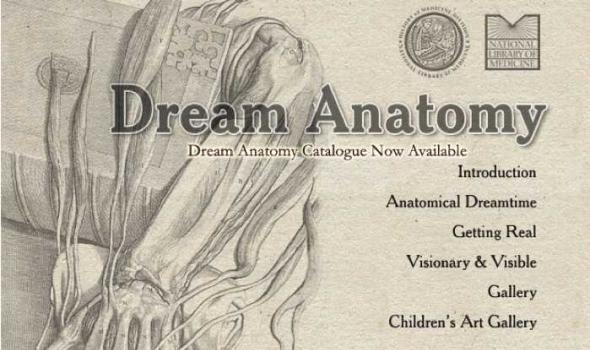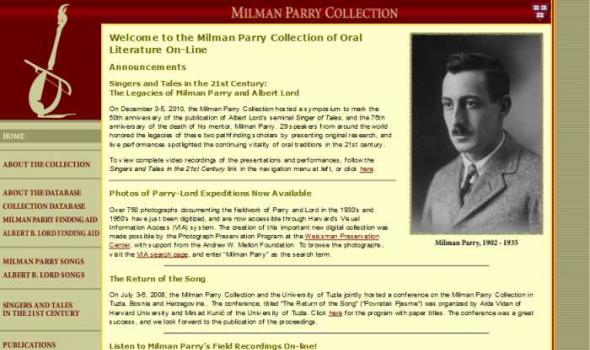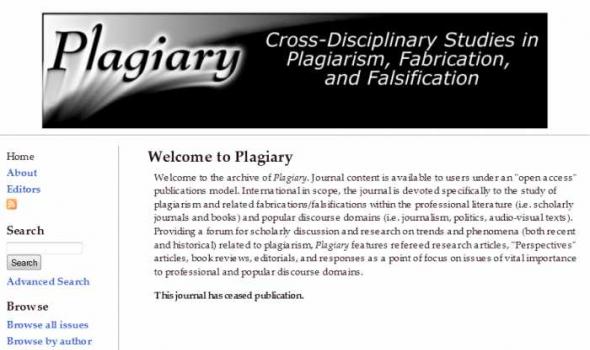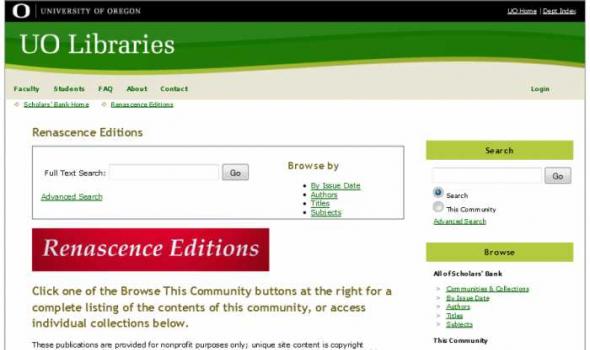Category: British literature
Results
The author and dramatist J. M. Barrie (1860-1937) created this adventure story in 1901 for the Llewelyn Davies family, in particular, four of the five Llewelyn Davies children, George (1893-1915), John, known as "Jack" (1894-1959), Peter (1897-1960), and Michael (1900-1921). Barrie befriended the Llewelyn Davies family in the 1890s and his famous character "Peter Pan" was inspired by the children. This novel, titled, The boy castaways of Black Lake Island, being a record of the terrible adventures of the brothers Davies in the Summer of 1901, faithfully set forth by Peter Llewelyn Davies , includes thirty-five mounted photographs with typeset captions and a preface by Peter.
The Bryher Papers document the personal life and literary career of Bryher. Her extensive correspondence includes letters from H. D., Robert MacAlmon, Kenneth MacPherson, Norman Holmes Pearson, Sylvia Beach, Norman Douglas, Horace Gregory, Islay Lyons, and Edith Sitwell, and from many other figures in the fields of literature, psychoanalysis, and film. There are manuscripts of many of her works, including fragments of an unpublished volume of autobiography; financial and personal papers; material collected by Bryher on "boys’ books" authors such as R. M. Ballantyne and G. A. Henty; and documentation of Bryher’s interest in film and the making of Borderline (1930). Currently, only a portion of the Bryher Papers are available online.
196 boxes containing the correspondence, diaries, and manuscripts of James Boswell; estate records, letters, personal and professional papers, and other materials documenting the lives and careers of generations of Boswells and their possession of the barony of Auchinleck; and correspondence relating to the political career of Alexander Bruce, Earl of Kincardine. Currently, only a portion of the Boswell Papers are available online. Call Number: GEN MSS 89 Really As It Was: Writing the Life of Samuel Johnson September 18, 2009 - December 19, 2009
The Toronto Public Library (TPL) has long been committed to an active exhibition program for its Special Collections in the Canada Trust Gallery at the Toronto Reference Library. The virtual version of Footprints of the Hound recreates in part the exhibition on display in our Gallery from October 20 – December 2, 2001.
History of Medicine In 1816, an Englishwoman still in her teens, Mary Shelley, conceived the story of a scientist obsessed with creating life. Shelley's scientist, Victor Frankenstein, succeeds. But while Frankenstein's creature can think and feel, he is monstrous to the eye. Spurned by all, including Victor Frankenstein himself, the embittered creature turns into a savage killer. In 1818, Shelley's story was published as Frankenstein; or, The Modern Prometheus . This story — both in the original novel and shaped into new forms, such as plays, films, and comics — has captivated people ever since, exposing hidden, sometimes barely conscious fears of science and technology.
Robert Louis Stevenson was born in Edinburgh’s New Town in 1850. He died 44 years later on a small Samoan island in the Pacific.
During his short life he travelled the world, defied convention, and made himself one of the most famous writers of the 19th century.
Here we tell Stevenson's story, illustrated with material held in the National Library of Scotland's collections.
You can also see the entire first English edition of Kidnapped – one of his most famous tales – published in 1886.
This site features a selection of leading Scottish writers, photographed in a 30-year period by Edinburgh publisher and photographer Gordon Wright. It is based on an exhibition held at the National Library of Scotland in 2001.
Gordon Wright's photographs featured in 'The Write Stuff' are in copyright. For permission to use them, and to order print or digital copies, please email Gordon Wright.
Texts by Jennie Renton, editor of 'The Scottish Book Collector'.
Muriel Spark was identified as a promising and creative writer when her name was still Muriel Camberg and she was still at school. Some of her poems had already been published by the time she won her first poetry prize, at the age of 12.
Dame Muriel – poet, writer of fiction and literary criticism, and biographer – went on to win most of the literary awards going, was never out of print, and was at the top of her profession, internationally, for more than half a century.
Best-known as the author of 'The Prime of Miss Jean Brodie', Muriel decided in the 1940s to keep a record of her professional and personal activities, beginning a personal archive that is now one of the largest and most comprehensive held by the National Library of Scotland.
Robert Burns was born into a farming family at Alloway in Ayrshire in 1759. He died in Dumfries at the early age of 37. Yet in that short time he had taken the Scottish literary world by storm, and had secured a place for himself in history and in legend.
This site is based on material by or relating to 'Scotland's Bard' which is held by the National Library of Scotland (except where otherwise stated).
Special features are pages giving highlights of the Library's significant resources – whether original letters or poems (see Manuscripts page) or important books (see Books page).
The only known copies of nine of the earliest books printed in Scotland are the most precious items held by the National Library of Scotland in its role as custodian of the nation’s printed heritage.
Known as ‘The Chepman & Myllar Prints’, they were produced in or about 1508 on Scotland’s first printing press, established in Edinburgh (in what is now the Cowgate) by Walter Chepman and Androw Myllar. Chepman, an Edinburgh merchant, provided the money. Myllar, an Edinburgh bookseller who had previously been involved with printing in France, brought with him experience in the book trade.
The Swinburne Project is a digital collection, or virtual archive, devoted to the life and work of Victorian poet Algernon Charles Swinburne. When complete the project will provide students and scholars with access to all available original works by Swinburne and selected contextual materials, including contemporary critical reactions, biographical works, and images of artwork about which Swinburne wrote. Major Update to Swinburne Project In April 2006, the Swinburne Project was re-released with new content and a new software system based on the eXtensible Text Framework (XTF) from the California Digital Library .






























